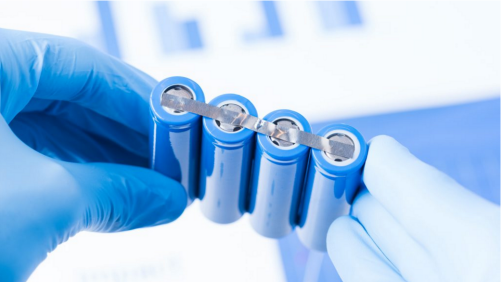Welcome to UGOO!
2019-08-16 11:08:03
According to Chalmers University of Technology, Sweden, the discovery of new battery technologies is essential to meet future electric demands. Lithium sulphur batteries offer a much higher theoretical energy density than lithium-ion batteries.
The concept is that a graphene aerogel, which is sponge-like and made of reduced graphene oxide, acts as a free-standing electrode in a battery cell. This allows for better and higher utilisation of sulphur in the battery. This is used with a catholyte, which combines the cathode and electrolyte into one liquid.
Carmen Cavollo of the Department of Physics at Chalmers, who is the lead researcher of the study, explained: “You take the aerogel, which is a long thin cylinder, and then you slice it – almost like a salami. You take that slice, and compress it, to fit into the battery.” Following this, the catholyte (the sulphur-rich solution) is added to the battery. The highly porous aerogel acts then soaks up the sulphur-rich solution like a sponge.
Cavollo adds: “The porous structure of the graphene aerogel is key. It soaks up a high amount of the catholyte, giving you high enough sulphur loading to make the catholyte concept worthwhile. This kind of semi-liquid catholyte is really essential here. It allows the sulphur to cycle back and forth without any losses. It is not lost through dissolution – because it is already dissolved into the catholyte solution.”
Aleksandar Matic, Professor at Chalmers Department of Physics, who leads the research group, commented:”Furthermore, sulphur is cheap, highly abundant, and much more environmentally friendly. Lithium sulphur batteries also have the advantage of not needing to contain any environmentally harmful fluorine, as is commonly found in lithium ion batteries.”
April 29 , 2019 © iStock-nevodka
